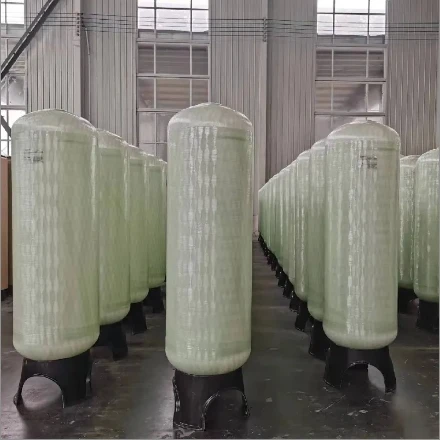loading...
- No. 9, Xingyuan South Street, Dongwaihuan Road, Zaoqiang County, Hengshui, Hebei, China
- admin@zjcomposites.com
- +86 15097380338
- Welcome to visit our website!
frp rebar price
Understanding the Price Dynamics of FRP Rebar
Fiber-Reinforced Polymer (FRP) rebar has emerged as a revolutionary alternative to traditional steel rebar in construction applications. Engineered from high-strength fibers and a polymer matrix, FRP rebar is celebrated for its impressive strength-to-weight ratio, corrosion resistance, and durability. However, one of the significant factors influencing its adoption in construction projects is its pricing. In this article, we delve into the various elements affecting the price of FRP rebar, the factors behind its cost, and the implications for the construction industry.
Key Factors Influencing FRP Rebar Prices
1. Material Composition The primary components of FRP—fibers and resin—play a crucial role in determining its price. Common fibers include glass, carbon, and aramid, each varying in cost. For instance, carbon fibers are generally more expensive than glass fibers, which translates into higher product costs. The type of resin and its quality also significantly impacts the final price, as higher-quality resins contribute to enhanced mechanical properties and longevity.
2. Manufacturing Processes The production of FRP rebar is a sophisticated process that demands advanced technology and skilled labor. The costs associated with these manufacturing methods, coupled with equipment maintenance and energy consumption, also reflect on the market price of FRP rebar. As manufacturers invest in newer technologies to improve efficiency and reduce waste, the initial investment cost can be substantial, which may be passed on to consumers.
3. Market Demand and Supply Like any other commodity, the price of FRP rebar is heavily influenced by market dynamics. The growing interest in sustainable construction practices and the increasing number of infrastructure projects have boosted demand. However, the supply chain can be impacted by various factors such as production capabilities, raw material availability, and external economic conditions. Disruptions in the supply chain can lead to price fluctuations, affecting project budgets and timelines.
frp rebar price

4. Performance Advantages While FRP rebar might come with a higher upfront cost compared to traditional steel rebar, its long-term advantages often justify the investment. FRP rebar is lightweight, which simplifies transportation and installation. Its resistance to corrosion leads to lower maintenance costs over time, especially in environments prone to moisture or chemical exposure. For many construction projects, the total cost of ownership, considering lifespan and maintenance, can favor the use of FRP over conventional materials.
5. Regulatory and Standards Compliance The construction industry is heavily regulated, and compliance with safety and quality standards can also influence prices. Manufacturers that ensure their products meet the necessary certifications often incur additional costs in the testing and quality assurance processes. Consumers should consider these factors when evaluating the price of FRP rebar, as they play a role in ensuring safety and durability in structural applications.
Future Trends and Considerations
As the construction industry increasingly shifts towards sustainable and resilient infrastructure solutions, the demand for FRP rebar is expected to grow. Research and development initiatives aimed at improving the performance and reducing the production costs of FRP materials are underway. Such advancements could lead to more competitive pricing in the future, making FRP rebar an even more attractive option for builders and contractors.
In conclusion, while the price of FRP rebar may be higher than traditional rebar options, it is essential to consider the long-term benefits and reducing lifecycle costs. As the world embraces sustainable construction practices, FRP rebar’s unique properties and advantages may potentially reshape not only pricing strategies but also the very framework of modern construction methodologies. With ongoing advancements and a growing understanding of FRP materials, the future appears promising for this innovative construction component.
-
The Rise of FRP Profiles: Strong, Lightweight, and Built to LastNewsJul.14,2025
-
SMC Panel Tanks: A Modern Water Storage Solution for All EnvironmentsNewsJul.14,2025
-
GRP Grating: A Modern Solution for Safe and Durable Access SystemsNewsJul.14,2025
-
Galvanized Steel Water Tanks: Durable, Reliable, and Ready for UseNewsJul.14,2025
-
FRP Mini Mesh Grating: The Safer, Smarter Flooring SolutionNewsJul.14,2025
-
Exploring FRP Vessels: Durable Solutions for Modern Fluid HandlingNewsJul.14,2025
-
GRP Structures: The Future of Lightweight, High-Performance EngineeringNewsJun.20,2025
